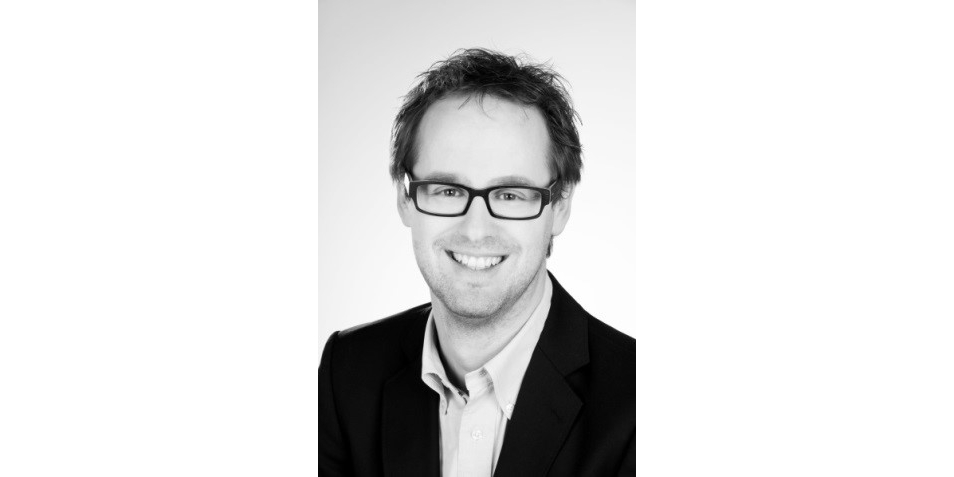What are the main topics of your work?
The focus of my research is historical learning and historical education. How do you succeed in getting people excited about history? My students mainly include people who want to work as teachers later on and for whom it is important to make the meaning of history tangible for young people. Most recently, I’ve done a lot of research on the yield of visits to memorial sites; the book “Lernort Auschwitz” brings together these studies on the history of such trips, their success, and their digital future.
What is most fascinating about the field of informal education to you?
When people’s encounter with historical content is not limited to formal contexts, they experience a different, multisensory dimension of historical education. They recognize how diverse the historical imprints of our surroundings are and acquire methodological tools to set out on their own in the footsteps of this past. It is exciting when the fascination of history not only engages young children, but can also have an effect on adolescents, adults and older people alike.
Have you ever had an “aha experience” in a museum?
A few years ago, I was standing in the shell of the Grand Egyptian Museum, the new major museum for Egyptian art in Cairo. The director at the time invited us to visit the restoration workshop “briefly” after the professional talk. If I had not experienced it before, I would have realized right there what the fascination of museums can be, what the “aura” of the original. Without expecting it, we stood in front of all the original chariots of the ancient pharaonic rulers, which are in the possession of the museum. To see those perfectly preserved vehicles, to get first-hand explanations and to face history directly and immediately, so to speak, to be able to see such important pieces without museum protection measure – that was a very special experience.

